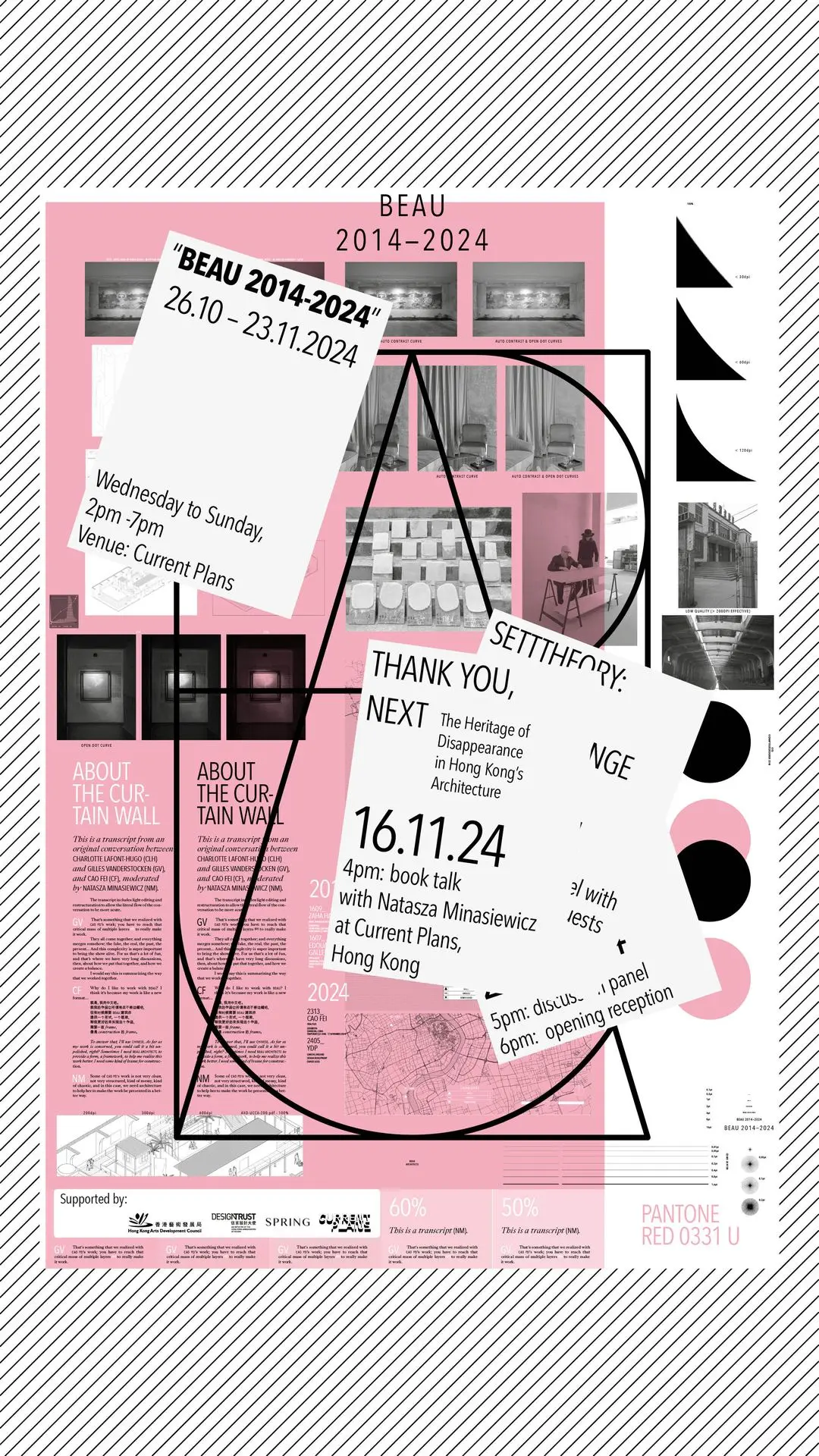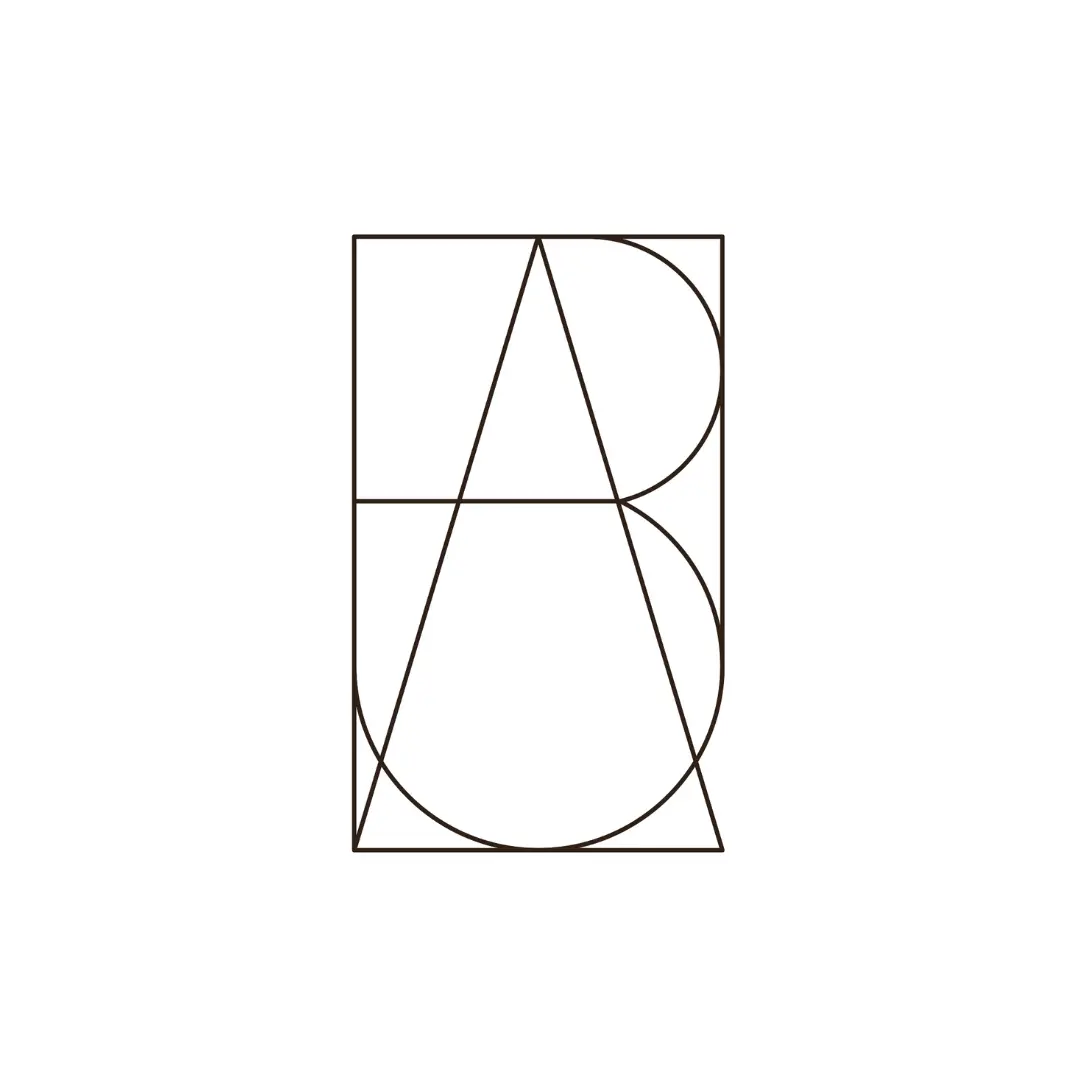BEAU 2014 - 2024
BEAU 2014 - 2024
BEAU 2014-2024 is the first monographic exhibition of the Hong Kong based architecture studio BEAU. Through a specifically curated view on 18 projects, the exhibition invites to discover the office creative process and production of the last 10 years.
The retrospective is accompanied by a book offering a complementary look at their practice. Beyond a detailed display of the 18 projects mentioned above, it includes a foreword deconstructing their method and agenda by architect and author Charles Lai along with four conversations between BEAU and some of the main actors involved in the studio’s development.
The four weeks long event will also open the floor to discussions and exchanges with other practitioners so as to elaborate further on the relations between a project’s objectives and the means to achieve them.
The whole will take place at Current Plans, an art space based in Hong Kong that makes experimental exhibitions with emerging artists and creative’s, from the 26th of October till the 23rd of November 2024.
Agenda BEAU 2014 - 2024
26.10 – 23.11.2024
Wednesday to Sunday, 2pm -7pm (closed on public Holidays)
Venue: Current Plans (3F, Remex Centre, 42 Wong Chuk Hang Rd, Wong Chuk Hang)
Saturday 26.10.2024, 4pm – 10pm: Opening Reception + Book Launch + Discussion Panel by Charles Lai & BEAU (5pm)
Saturday 09.11.2024, 4pm: Discussion Panel “Self Efficacy Through Tooling Theory (SETTTheory): Tools for Social Change” by Kent Mundle & 5 Guests
Saturday 16.11.2024, 4pm: Book talk “Thank you, next. The Heritage of Disappearance in Hong Kong’s Architecture” by Natasza Minasiewicz
About BEAU
BEAU is a Hong Kong-based architecture studio founded in 2014 by Charlotte Lafont-Hugo and Gilles Vanderstocken. The practice has since evolved into a larger team, all contributing to the development of a critical methodology and rigorous production. Since the studio’s inception, its agenda has been focused on the exploration of archetypes and the application of classical tools through an experimental approach.
As different they are, the projects are obsessively articulated around the notions of context, program, materiality, and construction. Highly straightforward, the resulting body of work displays an expressive austerity that questions the relations between a project’s objectives and the means to achieve them, an approach taking form as experiments in construction methods and adaptive reuse typologies.




